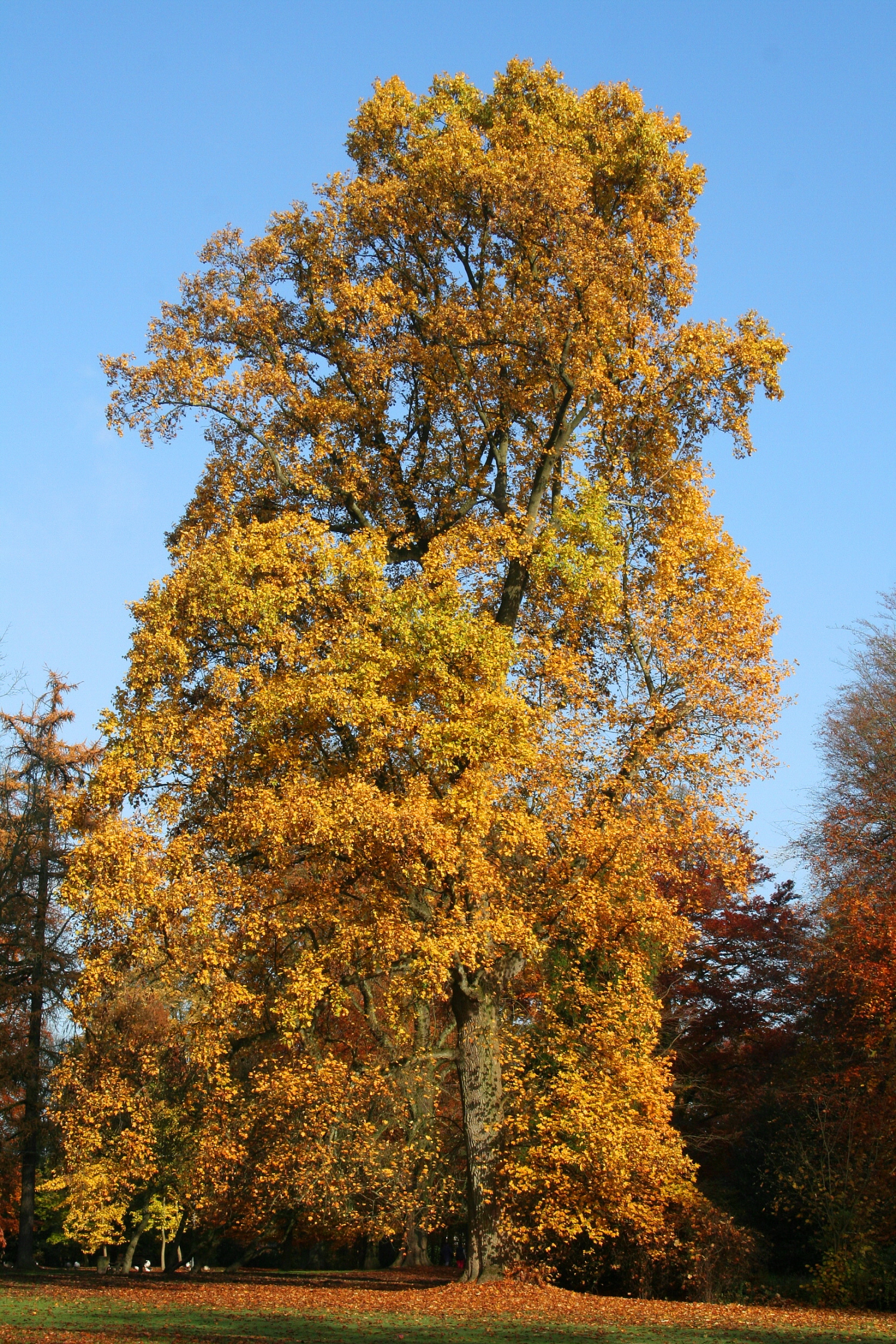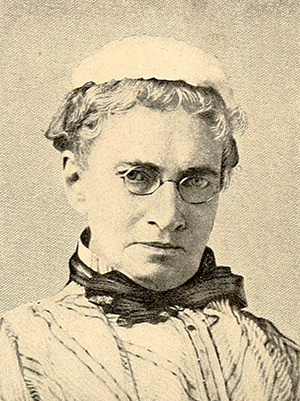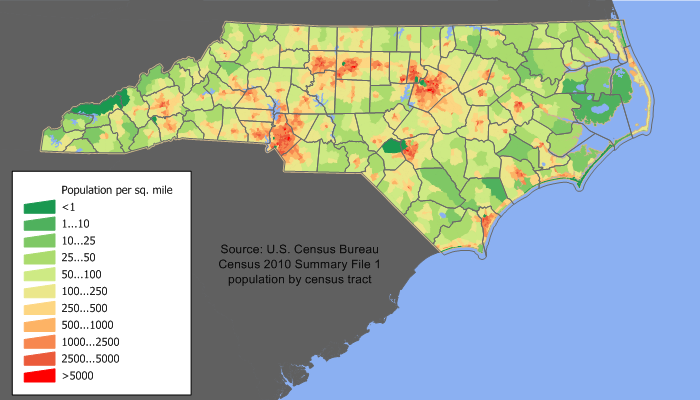|
Davie Poplar
Davie Poplar is a large tulip poplar tree located in McCorkle Place on the campus of the University of North Carolina at Chapel Hill. Named in honor of Revolutionary War general and university founder William Richardson Davie, the tree is approximately 300 to 375 years old. History and legends As plans were being drawn up for the university in 1792, it was already a large tree, and legend has it that Davie personally chose to locate the school lands around the tree after having a pleasant summer lunch underneath it. The story is not true – the university's location was chosen by a six-man committee in November 1792 – and the tree was named by Cornelia Phillips Spencer in the late 1800s to commemorate the legend. The most enduring legend associated with the tree is that as long as Davie Poplar remains standing, the university will thrive; if it falls, the university will crumble. As such, many steps have been taken to preserve the tree. In 1918, after the tree was struck by ... [...More Info...] [...Related Items...] OR: [Wikipedia] [Google] [Baidu] |
University Of North Carolina At Chapel Hill
A university () is an institution of higher (or tertiary) education and research which awards academic degrees in several academic disciplines. Universities typically offer both undergraduate and postgraduate programs. In the United States, the designation is reserved for colleges that have a graduate school. The word ''university'' is derived from the Latin ''universitas magistrorum et scholarium'', which roughly means "community of teachers and scholars". The first universities were created in Europe by Catholic Church monks. The University of Bologna (''Università di Bologna''), founded in 1088, is the first university in the sense of: *Being a high degree-awarding institute. *Having independence from the ecclesiastic schools, although conducted by both clergy and non-clergy. *Using the word ''universitas'' (which was coined at its foundation). *Issuing secular and non-secular degrees: grammar, rhetoric, logic, theology, canon law, notarial law.Hunt Janin: "The unive ... [...More Info...] [...Related Items...] OR: [Wikipedia] [Google] [Baidu] |
Chapel Hill, North Carolina
Chapel Hill is a town in Orange, Durham and Chatham counties in the U.S. state of North Carolina. Its population was 61,960 in the 2020 census, making Chapel Hill the 17th-largest municipality in the state. Chapel Hill, Durham, and the state capital, Raleigh, make up the corners of the Research Triangle (officially the Raleigh–Durham–Cary combined statistical area), with a total population of 1,998,808. The town was founded in 1793 and is centered on Franklin Street, covering . It contains several districts and buildings listed on the National Register of Historic Places. The University of North Carolina at Chapel Hill and UNC Health Care are a major part of the economy and town influence. Local artists have created many murals. History The area was the home place of early settler William Barbee of Middlesex County, Virginia, whose 1753 grant of 585 acres from John Carteret, 2nd Earl Granville was the first of two land grants in what is now the Chapel Hill-Durham area. Th ... [...More Info...] [...Related Items...] OR: [Wikipedia] [Google] [Baidu] |
North Carolina
North Carolina () is a state in the Southeastern region of the United States. The state is the 28th largest and 9th-most populous of the United States. It is bordered by Virginia to the north, the Atlantic Ocean to the east, Georgia and South Carolina to the south, and Tennessee to the west. In the 2020 census, the state had a population of 10,439,388. Raleigh is the state's capital and Charlotte is its largest city. The Charlotte metropolitan area, with a population of 2,595,027 in 2020, is the most-populous metropolitan area in North Carolina, the 21st-most populous in the United States, and the largest banking center in the nation after New York City. The Raleigh-Durham-Cary combined statistical area is the second-largest metropolitan area in the state and 32nd-most populous in the United States, with a population of 2,043,867 in 2020, and is home to the largest research park in the United States, Research Triangle Park. The earliest evidence of human occupation i ... [...More Info...] [...Related Items...] OR: [Wikipedia] [Google] [Baidu] |
Liriodendron Tulipifera
''Liriodendron tulipifera''—known as the tulip tree, American tulip tree, tulipwood, tuliptree, tulip poplar, whitewood, fiddletree, and yellow-poplar—is the North American representative of the two-species genus ''Liriodendron'' (the other member is ''Liriodendron chinense''), and the tallest eastern hardwood. It is native to eastern North America from Southern Ontario and possibly southern Quebec to Illinois eastward to southwestern Massachusetts and Rhode Island, and south to central Florida and Louisiana. It can grow to more than in virgin cove forests of the Appalachian Mountains, often with no limbs until it reaches in height, making it a very valuable timber tree. The tallest individual at the present time (2021) is one called the Fork Ridge Tulip Tree at a secret location in the Great Smoky Mountains of North Carolina. Repeated measurements by laser and tape-drop have shown it to be in height. This is the tallest known individual tree in eastern North America. I ... [...More Info...] [...Related Items...] OR: [Wikipedia] [Google] [Baidu] |
American Revolutionary War
The American Revolutionary War (April 19, 1775 – September 3, 1783), also known as the Revolutionary War or American War of Independence, was a major war of the American Revolution. Widely considered as the war that secured the independence of the United States, fighting began on April 19, 1775, followed by the Lee Resolution on July 2, 1776, and the Declaration of Independence on July 4, 1776. The American Patriots were supported by the Kingdom of France and, to a lesser extent, the Dutch Republic and the Spanish Empire, in a conflict taking place in North America, the Caribbean, and the Atlantic Ocean. Established by royal charter in the 17th and 18th centuries, the American colonies were largely autonomous in domestic affairs and commercially prosperous, trading with Britain and its Caribbean colonies, as well as other European powers via their Caribbean entrepôts. After British victory over the French in the Seven Years' War in 1763, tensions between the motherland and he ... [...More Info...] [...Related Items...] OR: [Wikipedia] [Google] [Baidu] |
William Richardson Davie
William Richardson Davie (June 20, 1756 – November 29, 1820) was a Founding Fathers of the United States, Founding Father of the United States, military officer during the Revolutionary War (United States), Revolutionary War, and List of Governors of North Carolina, 10th Governor of North Carolina, from 1798–1799. A member of the United States Federalist Party, Federalist Party, Davie served as a delegate to the Constitutional Convention (United States), Constitutional Convention as a representative of North Carolina. He is also one of the key founders of the University of North Carolina at Chapel Hill, University of North Carolina. Early life Davie was born in Egremont, Cumbria, Egremont, Cumberland, County Cumberland in North West England, where his father Archibald Davie had settled with his mother, Mary Richardson, whose family came from Dumfriesshire, Scotland. He immigrated to the American colonies in 1764, when his father brought him to the Waxhaws region near Lanca ... [...More Info...] [...Related Items...] OR: [Wikipedia] [Google] [Baidu] |
Cornelia Phillips Spencer
Cornelia Phillips Spencer (March 20, 1825 – March 11, 1908) was a poet, social historian and journalist in North Carolina, United States, who was instrumental in reopening the University of North Carolina after a five-year shutdown during the Reconstruction era. Biography Cornelia Ann Phillips was born on March 20, 1825, in Harlem, New York City, New York, the youngest of three children born to James Phillips and Judith Vermeule Phillips. (Her brother Samuel F. Phillips was United States solicitor general under President Ulysses S. Grant.) In 1826, James Phillips took a post as a mathematics professor at the University of North Carolina at Chapel Hill. She married James Monroe Spencer in 1855 and moved to Alabama, where their only child, Julia (later known as June Spencer Love), was born in 1859. Spencer and her daughter returned to Chapel Hill after her husband's death in 1861, where she began her first book and wrote about the university for local newspapers. She published ... [...More Info...] [...Related Items...] OR: [Wikipedia] [Google] [Baidu] |
Davie Poplar III
Davie is a surname and a form of the masculine given name David. It can refer to: Surname * Alan Davie (1920-2014), Scottish painter and musician * Alexander Edmund Batson Davie (1847-1889), Canadian politician and eighth Premier of British Columbia * Art Davie, American businessman * Bert Davie (1899-1979), Australian cricketer and Australian rules footballer * Bob Davie (American football) (born 1954), American college football head coach, former player and sports commentator * Bob Davie (ice hockey) (1912–1990), Canadian ice hockey player * Daniel DeWitt Tompkins Davie (1816–1877), American photographer * Donald Davie (1922–1995), English poet and literary critic * Earl Davie (born 1927), American biochemist * Elspeth Davie (1918-1995), Scottish novelist, short story writer, painter and art teacher, wife of George Elder Davie * Erin Davie, American actress and singer * Eugenie Mary Ladenburg Davie (1895-1975), American political activist * George Elder Davie (1912–2 ... [...More Info...] [...Related Items...] OR: [Wikipedia] [Google] [Baidu] |
Grafting
Grafting or graftage is a horticultural technique whereby tissues of plants are joined so as to continue their growth together. The upper part of the combined plant is called the scion () while the lower part is called the rootstock. The success of this joining requires that the vascular tissues grow together and such joining is called inosculation. The technique is most commonly used in asexual propagation of commercially grown plants for the horticultural and agricultural trades. In most cases, one plant is selected for its roots and this is called the stock or rootstock. The other plant is selected for its stems, leaves, flowers, or fruits and is called the scion or cion. The scion contains the desired genes to be duplicated in future production by the stock/scion plant. In stem grafting, a common grafting method, a shoot of a selected, desired plant cultivar is grafted onto the stock of another type. In another common form called bud grafting, a dormant side bud is gra ... [...More Info...] [...Related Items...] OR: [Wikipedia] [Google] [Baidu] |
List Of Counties In North Carolina
__NOTOC__ The U.S. state of North Carolina is divided into 100 counties. North Carolina ranks 28th in size by area, but has the seventh-highest number of counties in the country. Following the restoration of the monarchy in 1660, King Charles II rewarded eight persons on March 24, 1663, for their faithful support of his efforts to regain the throne of England. He gave the eight grantees, called Lords Proprietor, the land called Carolina, in honor of King Charles I, his father. The Province of Carolina, from 1663 to 1729, was a North American English (1663–1707), then British (from 1707 union with Scotland) colony. In 1729, the Province of North Carolina became a separate entity from the Province of South Carolina. The establishment of North Carolina counties stretches over 240 years, beginning in 1668 with the creation of Albemarle County and ending with the 1911 creation of Avery and Hoke counties. Five counties have been divided or abolished altogether, the last being ... [...More Info...] [...Related Items...] OR: [Wikipedia] [Google] [Baidu] |
Burke County, North Carolina
Burke County is a county located in the U.S. state of North Carolina. As of the 2020 census, the population was 87,570. Its county seat is Morganton. Burke County is part of the Hickory–Lenoir–Morganton, NC Metropolitan Statistical Area. History Indigenous peoples inhabited the interior as well as the coastal areas for thousands of years. Native Americans of the complex and far-flung Mississippian culture inhabited the county long before Europeans arrived in the New World. They were part of a trade network extending from the Gulf Coast to the Great Lakes. They built earthwork mounds, including at Joara, a site and regional chiefdom in North Carolina. (Present-day Morganton developed near this site.) It was the center of the largest Native American settlement in North Carolina, dating from about 1000 AD and expanding into the next centuries. In 1567, the Spanish Juan Pardo expedition arrived and built Fort San Juan at Joara, claiming the area for the colony of Spanish Flo ... [...More Info...] [...Related Items...] OR: [Wikipedia] [Google] [Baidu] |
Hurricane Fran
Hurricane Fran caused extensive damage in the United States in early September 1996. The sixth named storm, fifth hurricane, and third major hurricane of the 1996 Atlantic hurricane season, Fran developed from a tropical wave near Cape Verde on August 23. Due to nearby Hurricane Edouard, the depression remained disorganized as it tracked westward, though it eventually intensified into Tropical Storm Fran on August 27. While heading west-northwestward, Fran steadily strengthened into a hurricane on August 29, but weakened back to a tropical storm on the following day. On August 31, Fran quickly re-intensified into a hurricane. By September 2, Fran began to parallel the islands of the Bahamas and slowly curved north-northwestward. Early on September 5, Fran peaked as a Category 3 hurricane. Thereafter, Fran weakened slightly, before it made landfall near Cape Fear, North Carolina early on September 6. The storm rapidly weakened inland and was only a tropical depression later tha ... [...More Info...] [...Related Items...] OR: [Wikipedia] [Google] [Baidu] |







